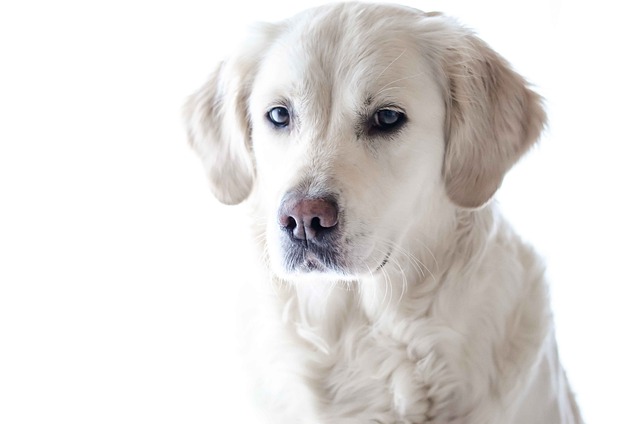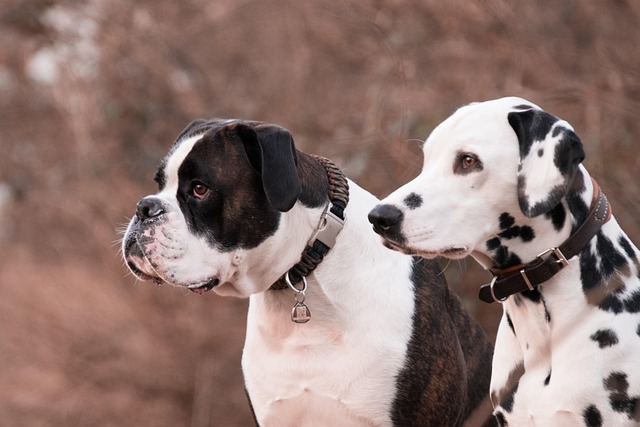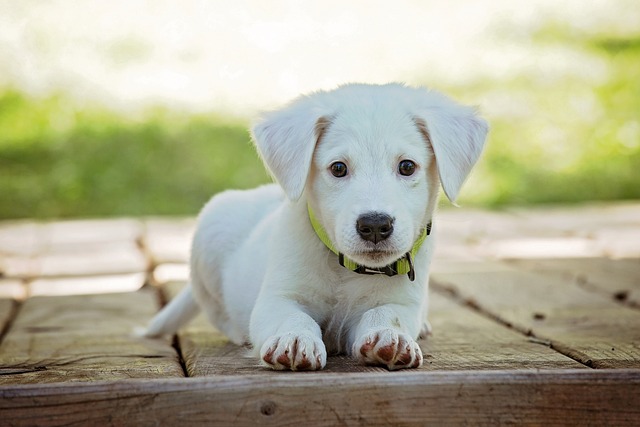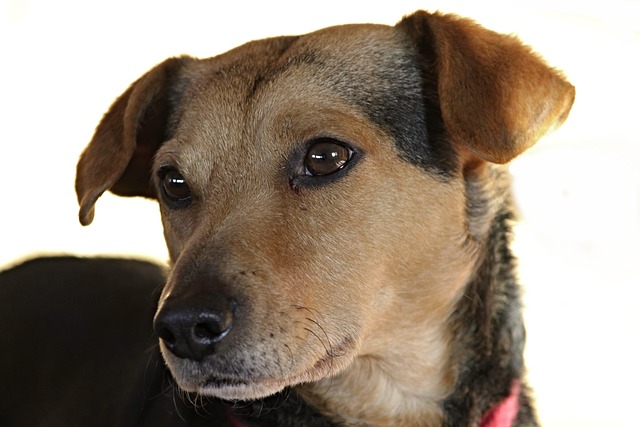That friendly neighbor approaching or your cousin visiting shouldn’t leave your dog trembling or lunging. Mastering introductions is about safety, reducing stress, and navigating community expectations – especially where leash laws are strictly enforced or breed-specific regulations exist. Whether you’re in a Parisian café, a London park, or a U.S. dog-friendly store, thoughtful introductions align with modern animal welfare standards and cultural norms.
Start by reading your dog’s body language before any interaction. A loose, wagging posture suggests curiosity; stiff muscles or a lowered tail signals discomfort. If your dog seems uneasy, postpone the meeting politely. Forcing contact risks fear-based reactions that could violate local ordinances about "uncontrolled dogs." Remember: consent matters – both your dog’s and the stranger’s. Not everyone appreciates a wet nose nudge, especially in cultures valuing personal space like Scandinavia.
Location sets the tone. Choose neutral ground like a quiet sidewalk for anxious dogs – not your home (their territory) or a chaotic park. Keep your dog leashed (legally required across most EU cities and U.S. metros), but maintain slack to avoid tension. Instruct the new person to ignore your dog completely: no eye contact, no talking, no reaching. This removes pressure. Have them stand slightly sideways and casually toss high-value treats away from themselves. This builds positive association: "New human = chicken rains from the sky!"

Let your dog lead. If they approach sniffing, keep it brief. Guide the person to pet under the chin or chest – never over the head. Watch for subtle cues: lip licking, yawning, or turning away means "enough." End immediately. For distant dogs, reward calm disengagement. Never scold a growl; it’s a warning worth heeding.
Special cases need extra strategy. With children, teach them to stand still like trees while your dog investigates. Supervise relentlessly – quick movements can startle dogs, and incidents carry severe legal consequences. For home guests, let them settle first before leashed introductions. Provide a "safe zone" mat where guests won’t approach. Uniformed workers (like delivery staff) often trigger alarm; pair their appearance with distant treats before direct interaction.
In regions with breed-specific legislation (like Spain’s PPP laws or UK restrictions), a dog reacting fearfully during introductions can have serious repercussions. Demonstrating calm behavior isn’t just training – it’s legal risk management.
Carry treats always. Use front-clip harnesses for control where permitted (avoid tools banned in Germany/Austria). Politely advocating for space isn’t rude – it’s responsible ownership. This approach reduces stress, prevents conflicts, and honors the duty of care embedded in Western animal welfare laws. A dog who greets calmly isn’t just mannerly; they’re a community ambassador.






